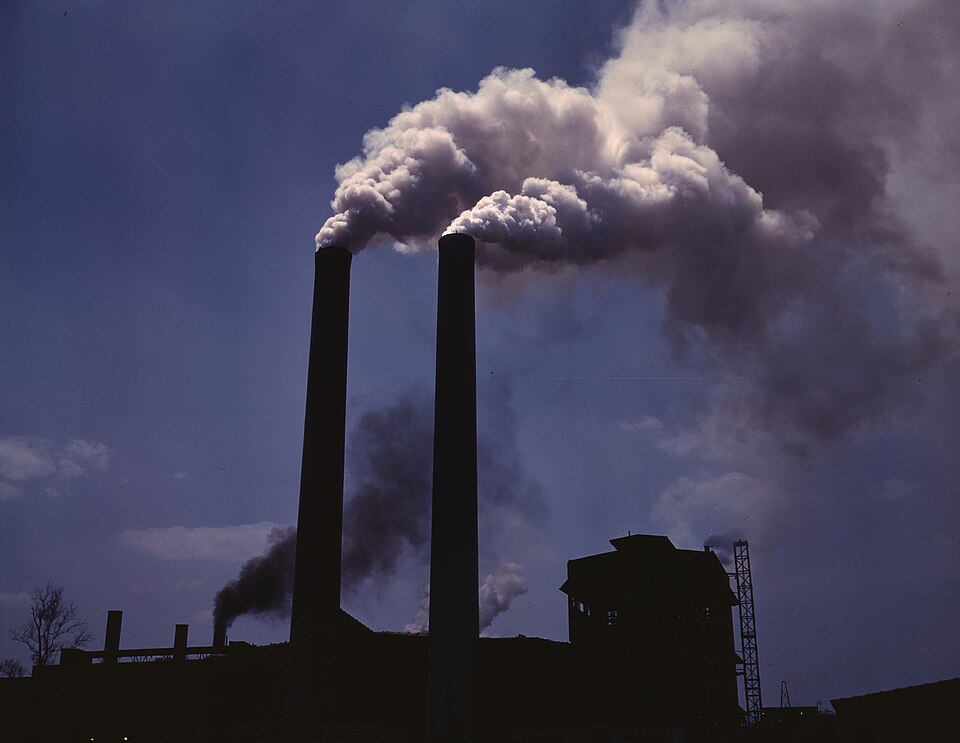Guide to Environmental Health
From The Observatory
Editor: Reynard Loki
Source: Earth Food Life Project
Environmental health is crucial for public well-being as it directly impacts human health. Pollution, climate change, and habitat destruction can lead to respiratory diseases, waterborne illnesses, and other health issues. Maintaining clean air, water, and land reduces the risk of disease transmission and promotes overall health. Additionally, preserving ecosystems supports biodiversity, which contributes to food security and medicine discovery. Sustainable practices safeguard public health for current and future generations, emphasizing the vital connection between environmental and public health.
1
Human health and animal health are closely connected, with many diseases affecting both humans and animals. As our world becomes more developed and interconnected, the space between wild animals and humans is shrinking, which increases the risk of disease transmission. Additionally, humans are relying more on animals as a food source. This combination of factors has led to the emergence of new diseases, with about 75 percent of newly discovered human diseases originating in animals in the last three decades, according to the World Health Organization.
2
The air is plasticized, and we are no better protected from it outdoors than indoors. Minuscule plastic fibers, fragments, foam, and films are shed from plastic stuff and are perpetually floating into and free-falling down on us from the atmosphere. Rain flushes micro- and nanoplastics out of the sky back to Earth. Plastic-filled snow is accumulating in urban areas like Bremen, Germany, and remote regions like the Arctic and Swiss Alps.
3
By Caroline Cox | From Earth Food Life Project
Glyphosate, known by its famous brand name, Roundup, is a widely used herbicide (a pesticide designed to kill plants). It is a broad-spectrum herbicide that kills or damages all plant types: grasses, perennials, vines, shrubs, and trees. Glyphosate has been sold as an herbicide since 1974. Its use dramatically increased in the 21st century as its patents expired and genetically modified crop varieties that tolerated exposure to glyphosate became popular.
Experts now believe it is the “most heavily” used herbicide globally. In 2015, the World Health Organization’s International Agency for Research on Cancer (IARC) classified glyphosate as a probable human carcinogen.
4
By Robin Scher | From Earth Food Life Project
Water is a finite resource on our planet. We can only rely on what we have, which translates to about 2.5 percent of drinkable fresh water. Of that amount, only 0.4 percent currently exists in lakes, rivers, and moisture in the atmosphere. The strain of this limited supply grows by the day and as this continues, the detrimental impact will continue to be felt in places least equipped to find alternative solutions—in particular, the African continent.
More than a third of the planet’s population living without access to clean, safe water live in sub-Saharan Africa. And nearly two-thirds—some four billion people—live in water-scarce areas. With this number set to steadily rise, the United Nations predicts that around 700 million people across the world might be “displaced by intense water scarcity” by 2030.
5
By Reynard Loki | From Earth Food Life Project
When humans destroy forests to create land for human use, whether it’s for farming, mining, logging, infrastructure development, or urban expansion, biodiversity is diminished. And as some species go extinct, the ones that remain and even flourish in degraded forest ecosystems—like bats, rats, and birds—are those that are more likely to be hosts for deadly viruses that can jump to humans.
New human illnesses are primarily zoonotic in origin. More than 300 new diseases surfaced in humans between 1940 and 2004, and more than 70 percent of them originated from wildlife.
6
By Robin Scher | From Earth Food Life Project
In 2019, the European Commission’s Scientific Committee on Health, Environmental and Emerging Risks published a statement that identified 14 emerging health and environmental issues. Right near the top of that list was plastic waste. The committee emphasized the “urgent” need “for a better assessment of hazard and risk” associated with exposure to plastics of different shapes and forms.
7
With climate change shifting weather patterns and causing an early, more extended pollen high, we could all be sneezing more than usual. According to Dr. Kathleen May, president of the American College of Allergy, Asthma, and Immunology, exposure to pollen repeatedly for extended periods may cause symptoms in people not previously prone to allergies.

